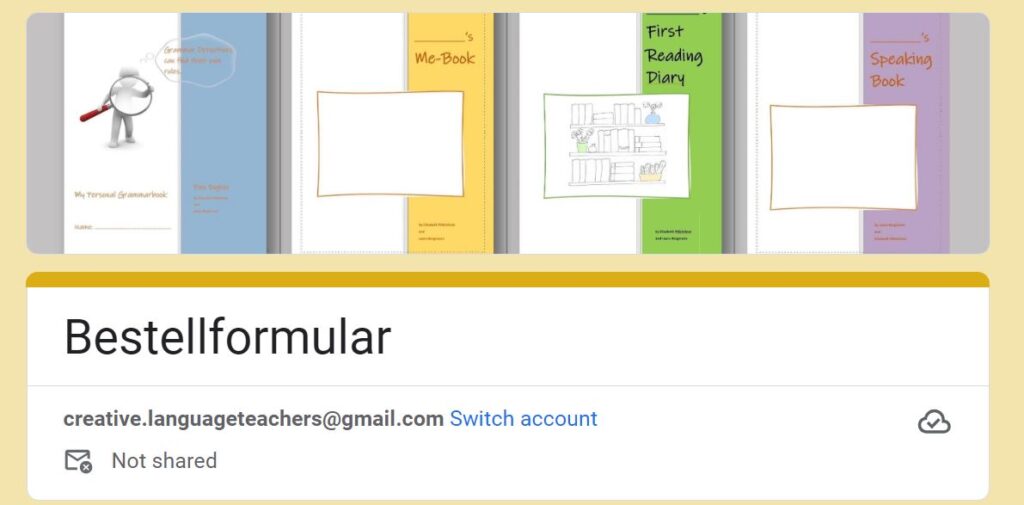-
Recent Posts
- What if…?
- April 1st: The ideal day to practice reporting fake news
- How to put the MEANING into FORM Approach into practice
- Time to read…
- Time to revise the past tense
- Can you fit in a short reading project before the end of the schoolyear?
- Teaching grammar structures at the right time: Easter Holidays
- Welcome to my regular teaching tips
-
NEWS!
-

-
Pages
- Assessing
- Bestellformular
- Blog: Teaching Tips
- Brain
- Culture
- Grammar
- Home
- LehrplanNeu
- Mentoring
- Other languages
- Reading
- Speaking
- Vocab
- WebTools & AI
- Writing
- .
- Advanced Writing Tasks
- Beginners
- Great books for teachers
- Intermediate Learners
- Portfolios
- The Writing Workshop
- Upper Intermediate Writing
Meta
Search Results for: eric
New York in Literature
New York in Literature In order to prepare for a class-trip to New York we read a variety of short stories, articles and poems about New York and each students read one novel that is set in New York. Here … Continue reading
Great Literature for Advanced Learners
The following novels have worked well in my classes. They have been grouped according to topics or themes that I have taught in my courses, but can of course be used in other combinations. Modern Classics An ideal projects for … Continue reading
Posted in
Leave a comment
Intermediate Learners
Lower Intermediate to Intermediate Learners CEFR: A2 to B1 The new IKM+ assessment scale for writing (Schulstufe 8) is now available, together with a very helpful info brochure. You can download it from here. Magazine Writing A group project that … Continue reading
Posted in
Leave a comment
